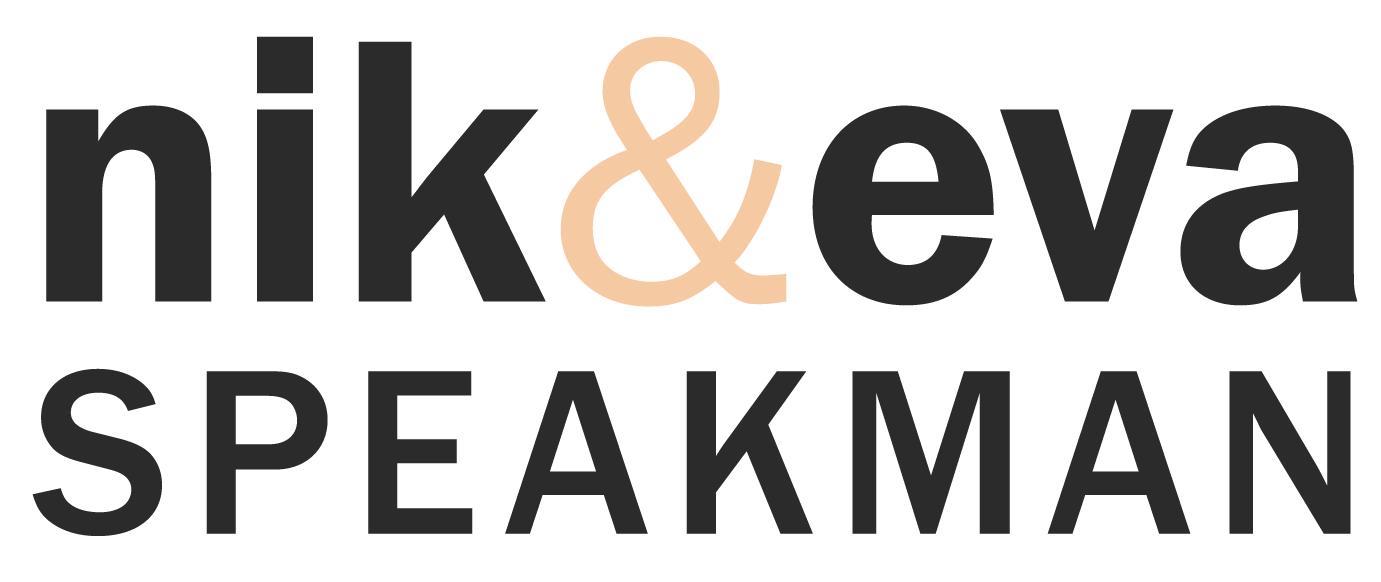Regularly eaten disgusting food ingredients
Castoreum, Civet
According to an article published in the International Journal of Toxicology, castoreum has been used extensively in cosmetics, especially in perfumes, and has been added to food and beverages as a natural flavouring agent for at least 70 years. Castoreum is generally recognized as safe by the FDA, FEMA and other regulatory bodies, and is especially useful as an ingredient in raspberry & vanilla flavoured foods. You may find it in ice creams, candies, syrups, pastries, and cigarettes.
Cellulose
Cellulose comes in a variety of forms – powdered cellulose (E460ii), microcrystalline cellulose (MCC or E460i) or cellulose gum – each with a specific use. The odourless and tasteless powdered cellulose is sourced from either bamboo or cotton-based plant material. Often labelled as high-fibre or reduced fat, the “miracle” ingredient may be used in the following foods: cheese, yogurt, ice cream, processed fruits, vegetables, cereals, pre-cooked pasta, and bakery wares.
L-cysteine
L-cysteine is a common flavour enhancer and dough conditioner used in bakery products (pizza, crackers, bagels, bread, croissants and donuts, to name a few). While some L-cysteine is chemically synthesized in labs, most of this non-essential amino acid is extracted from human hair or duck feathers.
Carmine
You may have recently heard that Starbucks decided to stop using carmine as colourant. No more insect-derived colouring in the Strawberry Banana Smoothie, Strawberries & Cream Frappuccino, or Red Velvet Whoopie Pie! Carmine is obtained from female cochineal insects. After the bugs are killed by immersion in hot water, or exposure to heat, and then dried, their abdomen is extracted and cooked at high temperatures (it contains the most carmine).
Gelatin
The flavorless and translucent substance may be used as a stabilizer, texture enhancer, or thickening agent in foods. The active element of gelatin is the collagen obtained from various animal parts. According to Professor M.C. Gomez-Guillén, “the most abundant sources of gelatin are pig skin (46%), bovine hide (29.4%) and pork and cattle bones (23.1%).”
Shellac
Shellac is unrivalled when it comes to furniture polishing and wood finishing. It is used in almost every industry, including food and pharmaceutical processing. The same product that is utilized for coating furniture is used also for coating fruits, vegetables (shellac replaces the natural wax that is lost), candies, snacks, and pastries, to make them look fresher and more appealing.

